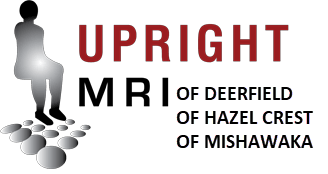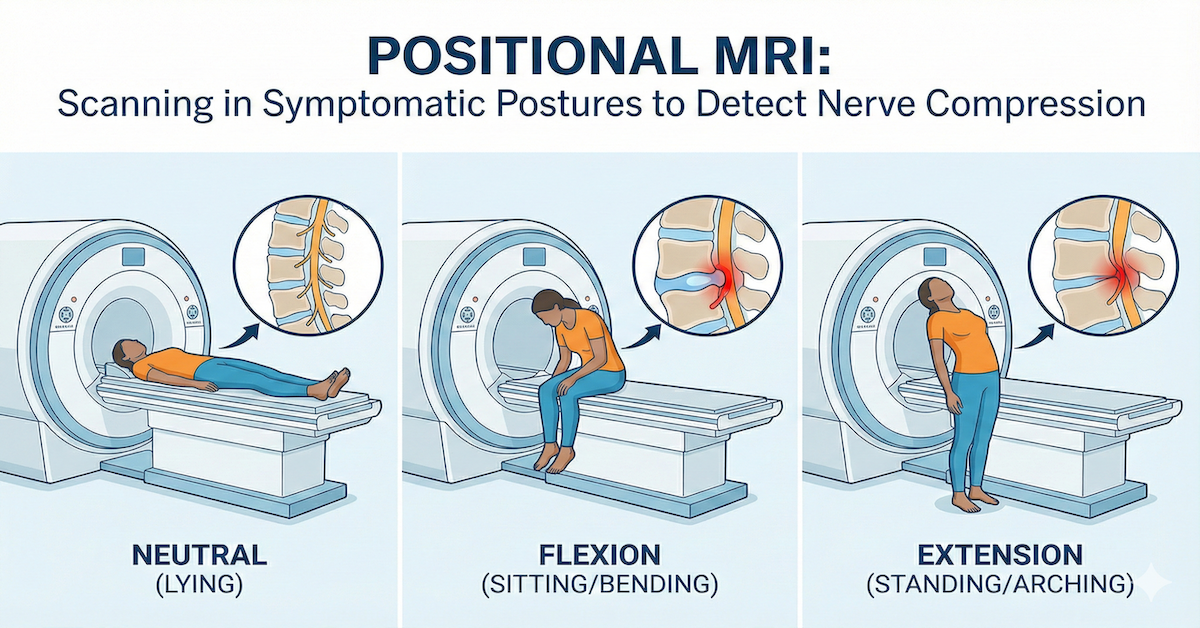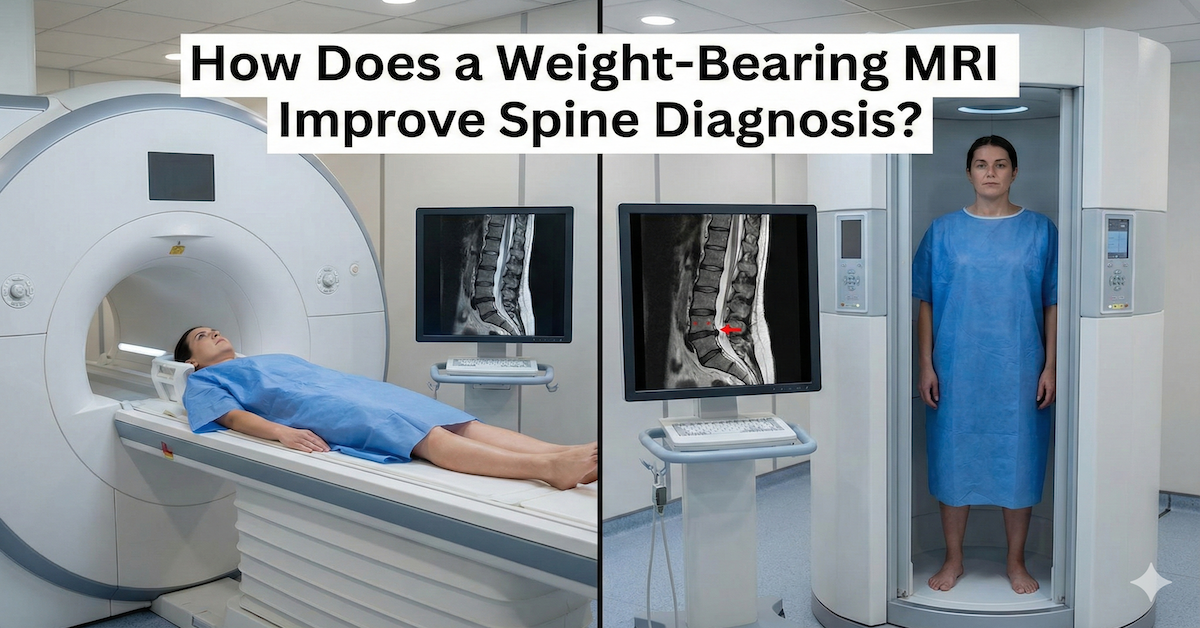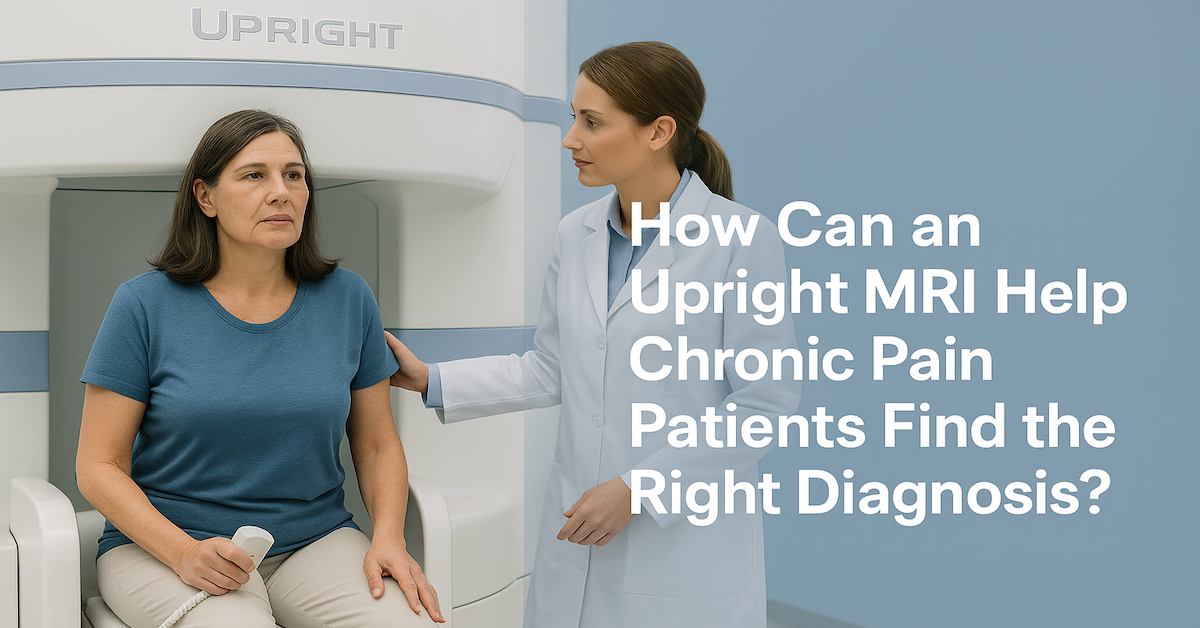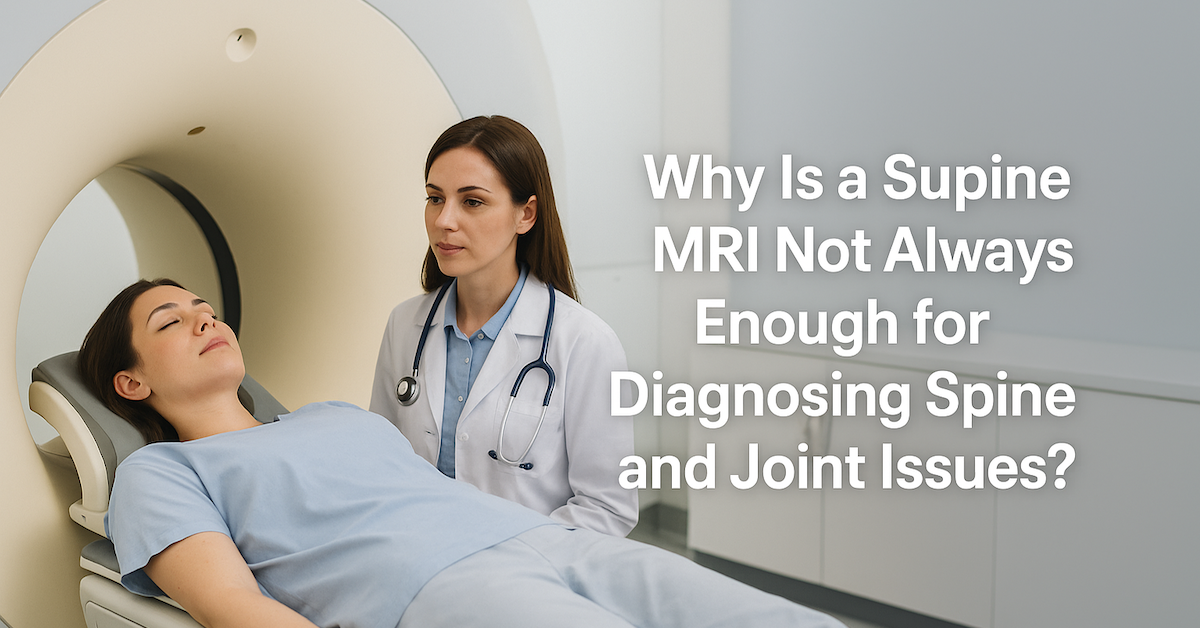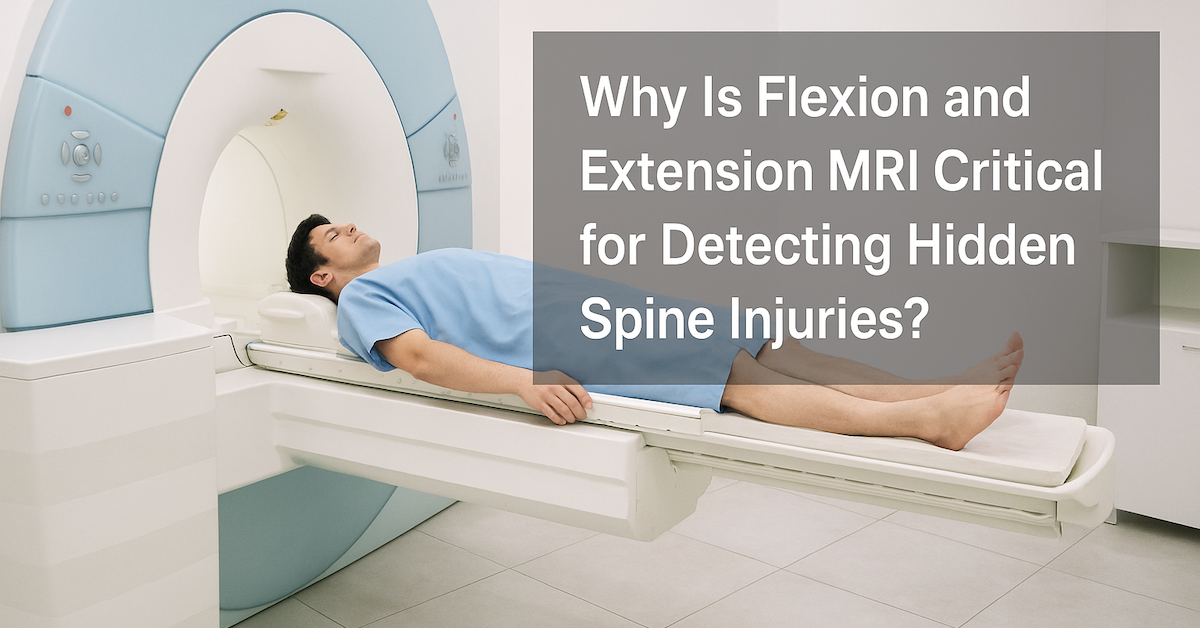Unveiling the Depths: The Importance of MRI in Diagnosing Brain Conditions
In the detailed tapestry of the body, the brain stands as the unequaled genius, orchestrating every idea, feeling, and motion. Offered its pivotal duty, the prompt and exact medical diagnosis of mind conditions is paramount for efficient therapy. Among the selection of diagnostic tools offered, Magnetic Resonance Imaging (MRI) emerges as a cutting edge force, providing extraordinary understandings into the facility terrain of the mind.
Recognizing MRI Modern Technology
At the heart of MRI exists a fascinating interaction of magnetic fields and radio waves, a symphony that catches comprehensive photos of the mind's makeup. This non-invasive strategy has actually evolved considerably over the years, with improvements in photo resolution and the development of useful MRI (fMRI), which looks into the vibrant world of brain activity and connection. As modern technology proceeds, the analysis abilities of MRI remain to increase, opening brand-new frontiers in neurological exploration.
Versatility of MRI in Mind Imaging
MRI's flexibility in analyzing the mind belongs to possessing a complex lens, enabling medical professionals to explore various dimensions of neurological wellness. In structural imaging, MRI reveals the trivial matters of brain makeup, finding abnormalities such as tumors, sores, and cysts with unmatched accuracy. Practical imaging, on the other hand, offers a vibrant home window right into mind activity, providing vital insights right into disorders like epilepsy and Alzheimer's. Furthermore, perfusion imaging enables the evaluation of blood circulation, playing an essential role in stroke medical diagnosis and therapy preparation.
Typical Brain Conditions Identified with MRI
Among MRI's remarkable tasks is its ability to untangle the secrets of numerous mind conditions. In the world of tumors, MRI helps with early detection and precise localization, leading the way for enlightened therapy choices. When it pertains to strokes, this imaging technique swiftly recognizes both ischemic and hemorrhagic strokes, leading physicians in tailoring treatments for ideal outcomes. Several sclerosis, a complex neurological problem, exposes its subtleties under the examination of MRI, helping in monitoring illness development and therapy efficacy.

Advantages of MRI Over Other Diagnostic Methods
The attraction of MRI prolongs past its analysis expertise. Unlike particular diagnostic techniques, MRI boasts non-invasiveness and the absence of ionizing radiation, guaranteeing individual safety. Its premium soft tissue comparison offers thorough pictures that are especially important in neurological assessments. The multi-planar capabilities of MRI offer comprehensive views, enhancing diagnostic precision. Fundamentally, MRI's benefits not just hinge on its diagnostic capabilities however additionally in its commitment to individual health.
Difficulties and Limitations
As with any groundbreaking modern technology, MRI features its very own set of obstacles. Expense considerations and accessibility pose obstacles to widespread fostering. Furthermore, some individuals might experience discomfort or claustrophobia throughout the treatment, restricting its usefulness for certain people. Steel implants existing another obstacle, restricting the use of MRI in specific individual populations.
Future Fads and Developments in MRI
Looking ahead, the horizon of MRI is embellished withih promising patterns and technologies. Artificial intelligence is positioned to play an essential duty in photo analysis, boosting analysis accuracy and effectiveness. Real-time imaging developments will better boost useful research studies, using an extra nuanced understanding of mind dynamics. Emerging innovations will resolve obstacles such as person pain, promoting a much more available and patient-friendly MRI experience.
Final Thought
To conclude, the significance of MRI in diagnosing brain conditions transcends the worlds of medical innovation. It is a sign brightening the intricate paths of the mind, guiding healthcare specialists towards precise diagnoses and reliable therapy techniques. As MRI innovation remains to develop, so does its possible to unravel the complexities of neurological health and wellness, supplying hope for boosted individual end results.
We, at Upright MRI of Deerfield, stand at the center of welcoming these technological strides. Our dedication to giving innovative MRI services highlights our devotion to advancing neurological diagnostics and ensuring the health of our patients.
SHARE THIS POST:
Leave a Comment:

The World's Most Patient-Friendly MRI. A comfortable, stress-free, and completely reliable MRI scan. We offer patients an open, upright, standup MRI experience that helps those who are claustrophobic and stress being in a confined area. Upright MRI of Deerfield is recognized as the world leader in open MRI innovation,
Our Recent Post
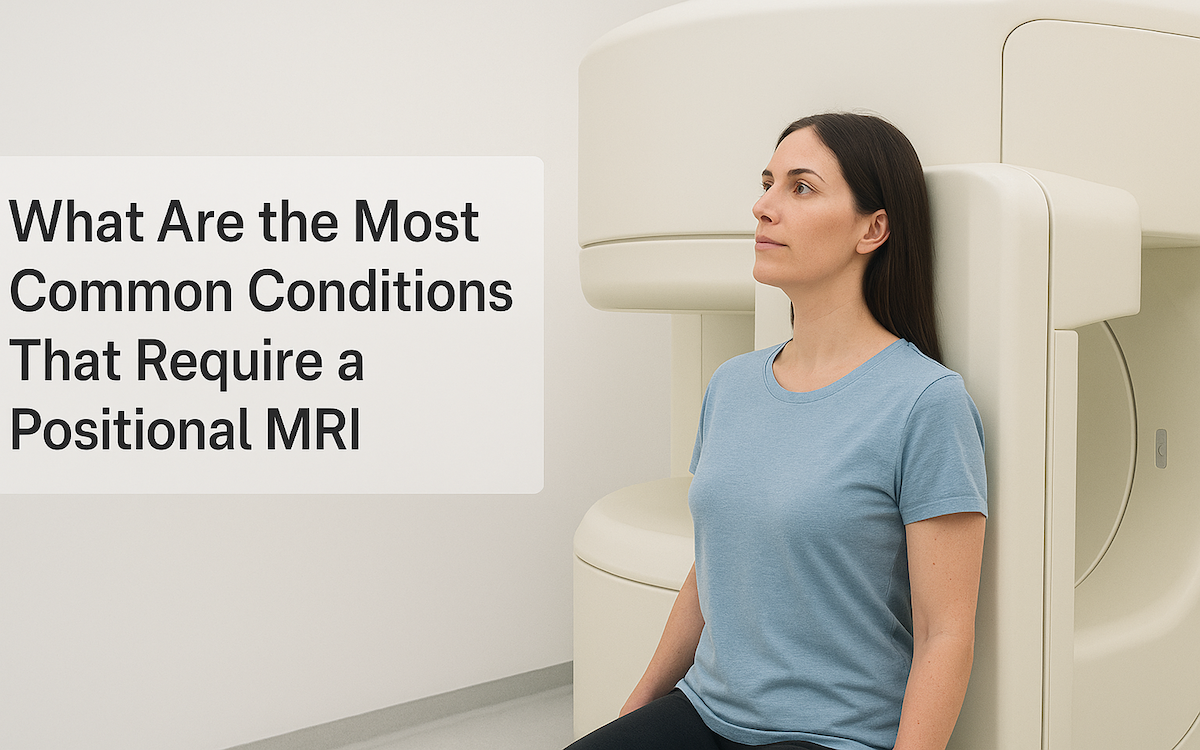


READ PATIENT TESTIMONIALS
Upright MRI of Deerfield.
Susan D.,
Highland Park, 39
I am going to tell everyone about your office! This was a great experience after I panicked in other MRI machines and had to leave. Thank you so much.

Judith B.,
Milwaukee, 61
I suffer from vertigo and other MRIs do not work. This was wonderful…absolutely NO discomfort at all. The MRI was so fast…I wanted to stay and watch the movie! Mumtaz was great. His humor really put me at ease. I’ve already recommended Upright MRI to friends.

Delores P.,
Glencoe, 55
Everything is so nice and professional with your place. I have been there a couple of times. My husband and I would not go anywhere else.

